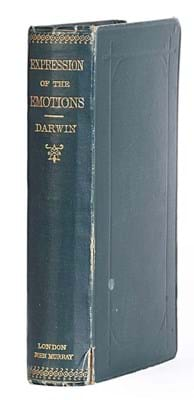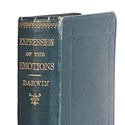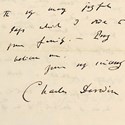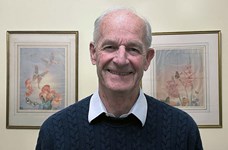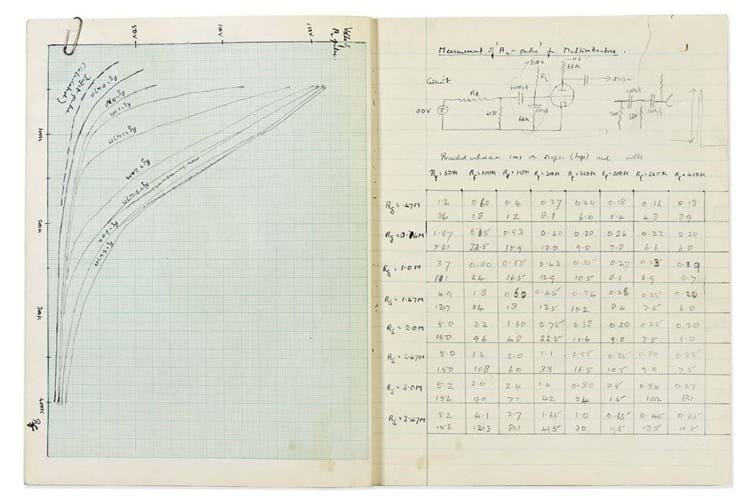
The papers of Alan Turing and Donald Bayley relating to the Delilah project, a Second World War collaboration seeking to develop a speech encryption system, including Turing’s mathematical proofs and Bayley’s transcriptions of Turing’s lectures on electrical circuit theory, sold for £300,000 hammer at Bonhams.
The market for scientific books and manuscripts continues to be strong, as underlined by the top lot at Bonhams’ (28%/27% buyer’s premium) Fine Books and Manuscripts sale in Knightsbridge on November 14.
A remarkable archive of newly discovered scientific papers by the mathematician and computer scientist Alan Turing and his collaborator Donald Bayley took £300,000 hammer (estimate £300,000-500,000).
This was the second-highest auction result for manuscript material by Turing, the only higher price having been achieved at Bonhams New York for another of Turing’s wartime notebooks sold in 2015 for $1m (including premium).
The papers offered at Knightsbridge related to a secret Second World War project codenamed Delilah, the aim of which was to develop and build a portable speech encryption system or voice scrambler.
The documents, which had been preserved by Bayley (1921-2020) and not previously seen in public, contained the most extensive collection of Turing’s autograph material to come to auction, including over 40 pages of working notes and mathematics written by him, with other notes by Bayley, demonstrating their collective work on the project.
Bayley had been taught mathematics at school by Turing’s friend James Atkins and graduated with a first-class degree in electrical engineering from Birmingham University.
During the Second World War Bayley was commissioned into the Royal Electrical and Mechanical Engineers (REME) and his prowess in electrical circuits made him an obvious candidate to assist Turing on the secret project at Hanslope Park near Bletchley.
Textbook production
Matthew Haley, managing director of Bonhams Knightsbridge, said: “After dinner at Hanslope Park, Turing would give lectures which Bayley faithfully transcribed, effectively forming a textbook on advanced maths for circuit engineers.
“This sale was an exceptionally rare chance to take a look at these newly discovered papers and gain a greater understanding of the man who helped lay the foundations for modern computing.”
The work on the Delilah project by Turing and Bayley preceded Turing’s work at Bletchley on his famous automatic computing engine and the significance of the notebook was described by Professor Jack Copeland, director of the Turing archive for the history of computing, as “of outstanding interest, being a record of important scientific experiments performed by Turing and recorded in his own hand, with further experiments recorded by Bayley under Turing’s direction”.
The project was a success and towards the end of 1944, Turing brought Delilah before a group of British officials, demonstrating the system by encrypting and decrypting a speech by Winston Churchill.
Other books from the collection of Bayley included a first edition of Turing’s Programmers’ Handbook for Manchester Electronic Computer Mark II, 1951, which is considered to be the world’s first computer programming manual. This copy, stamped as a complimentary copy with the name of A.M. Turing added in ink, sold for double the top estimate at £16,000
Turing’s well-used copy of Eugene Jahnke and Fritz Emde’s Tables and Functions/Funktionentafeln Mit Formeln Und Kurven, 1933, sold for £8500 (estimate £4000-6000).
It contained a note by Bayley which read: “This belonged to the famous AM Turing of Enigma fame. I saw it with his books when I first met him in Hanslope [Park] in 1944. I was much taken with the diagrams of complex functions which I hadn’t seen before. After his death Robin Gandy said I was to have any keepsake I wished […] I asked for this. It should be kept for posterity […] In this broken spine condition he had used it a lot.”
Alongside the material from Bayley’s estate was a group lot of 10 books from Turing’s library which had been gifted by Gandy, his friend and executor, to Wolfson College, Oxford. The titles, all of which contained Turing’s ownership inscription, included GH Hardy’s A Course of Pure Mathematics, 1928 and Bertrand Russell’s Introduction to Mathematical Philosophy, 1930, and had contributed to Turing’s formation of his ideas on mathematics and computing.
This group of books did not quite realise their estimate of £80,000- 120,000 and sold for £60,000. It was noted that Wolfson would use the sale proceeds to create a student scholarship or bursary in accordance with Gandy’s bequest.
Boyle matters
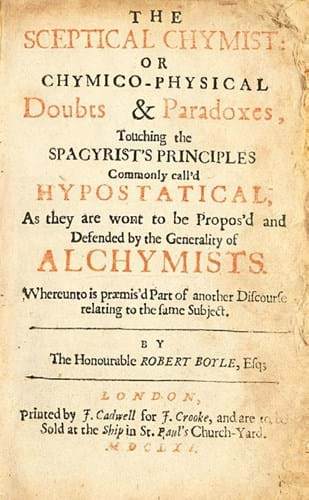
A milestone in the history of chemistry and described as Robert Boyle’s ‘most famous book’, this first edition of The Sceptical Chymist: or Chymico-Physical Doubts & Paradoxes, published in 1661, is one of about 35 known copies and fetched the second-highest recorded price at auction: £220,000 hammer at Bonhams.
A notable scientific work in the sale from several centuries earlier was a first edition of Robert Boyle’s The Sceptical Chymist, 1661.
This landmark work is described in the catalogue Printing and the Mind of Man (1967) which was based on the celebrated 1963 exhibition of printed books that had contributed to “the enlargement of human knowledge and the development of Western civilisation”.
PMM, as it is usually cited, states: “The importance of Boyle’s book must be sought in his combination of chemistry with physics. His corpuscular theory, and Newton’s modification of it, gradually led chemists towards an atomic view of matter.”
Only about 35 copies of the first edition of The Sceptical Chymist are known, and this copy in a heavily rubbed contemporary sheep binding and with some staining had been estimated at £50,000-80,000 but sold for over four times its low estimate at £220,000 hammer. This is the second-highest price on record, after a very fine copy sold at Bonhams in 2015 for £362,500 (including premium).
Books listed in PMM continue to be sought after by collectors and regularly achieve high prices. The latest issue of the Book Collector will be celebrating the 60th anniversary of the ground-breaking PMM exhibition with a special issue.
A first edition presentation copy of Darwin’s The Expressions of the Emotions in Man and Animals in the original cloth with an autograph letter to an old Shropshire friend Arthur Mostyn Owen reminiscing and discussing his books sold above the top estimate at £14,000.
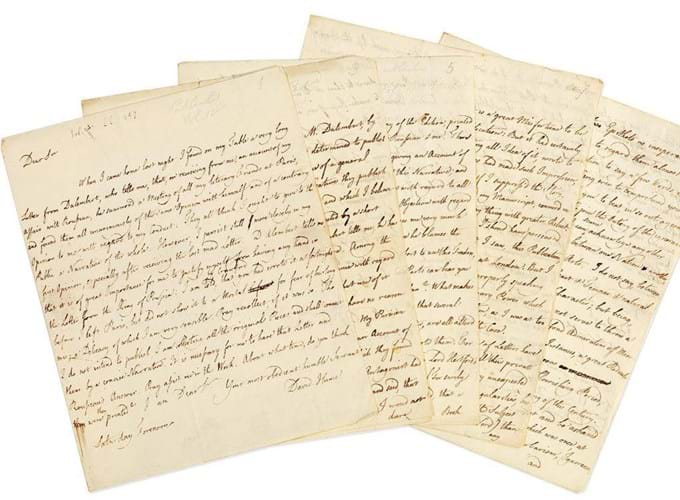
A series of four rediscovered autograph letters to Horace Walpole from Scottish philosopher David Hume (1771-76), speaking of his infamous argument with Jean-Jacques Rousseau, justifying the publication of his account and distancing himself from Walpole’s ‘King of Prussia letter’, realised £100,000 at Bonhams.
A series of four rediscovered autograph letters by the Scottish philosopher David Hume to Horace Walpole, mentioning his infamous argument with Jean-Jacques Rousseau, from the collection of Mary Berry (1763-1852) and Lady Maria Theresa Lewis (1803-65) fetched £100,000.
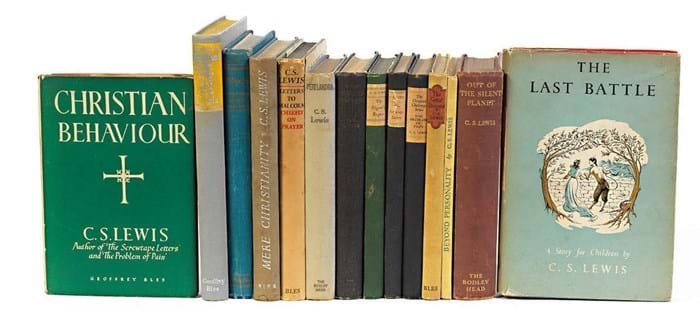
Estimated at £2000-4000, a group of 14 books by CS Lewis, including seven inscribed by the author together with two postcards, sold for 10 times the low estimate at £20,000 at Bonhams. The recipient was a reader named Francis HP Knight who had corresponded with Lewis about his books.
The 118-lot auction was 80% sold and realised a total of £1.2m hammer against an estimate of £1.1m-1.7m.
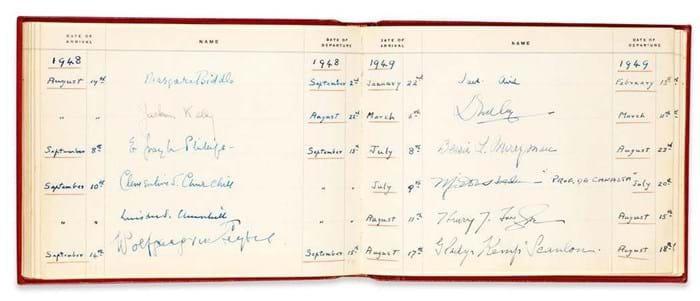
The visitors’ books of Edward VIII and Wallis Simpson covering 35 years including his time as Prince of Wales, King, and Duke of Windsor, January 1935 to March 1970, sold above the top estimate for £34,000 at Bonhams. Famous visitors included Winston Churchill, Anthony Eden, Esmond Harmsworth, Prince George (Duke of Kent) and Princess Marina, Dickie and Edwina Mountbatten, Duff and Diana Cooper, Sibyl Colefax, Constance Spry, Eugène and Kitty de Rothschild and Randolph Churchill.


